Download a Letter of Good Conduct Template
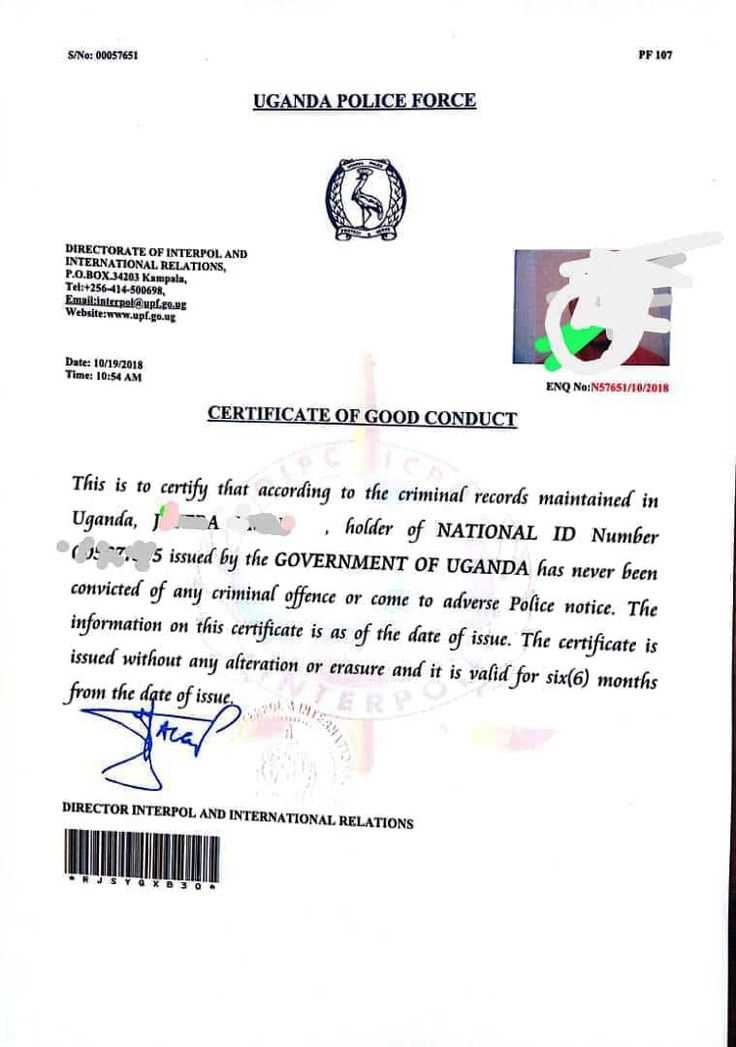
In various situations, individuals may be required to provide documentation that reflects their personal integrity and past behavior. This type of official document is often necessary for job applications, visa processing, or other formal proceedings where trustworthiness is essential.
Crafting a well-structured and professional statement is key to ensuring that the information is presented clearly and convincingly. By following certain guidelines and understanding the essential components, anyone can produce an impactful reference letter that highlights their positive qualities and history.
Proper formatting and attention to detail are vital to making sure the document meets the necessary standards for different uses. Whether for legal, personal, or professional reasons, a clear and precise reference can play a significant role in one’s success.
Why You Need a Good Conduct Letter
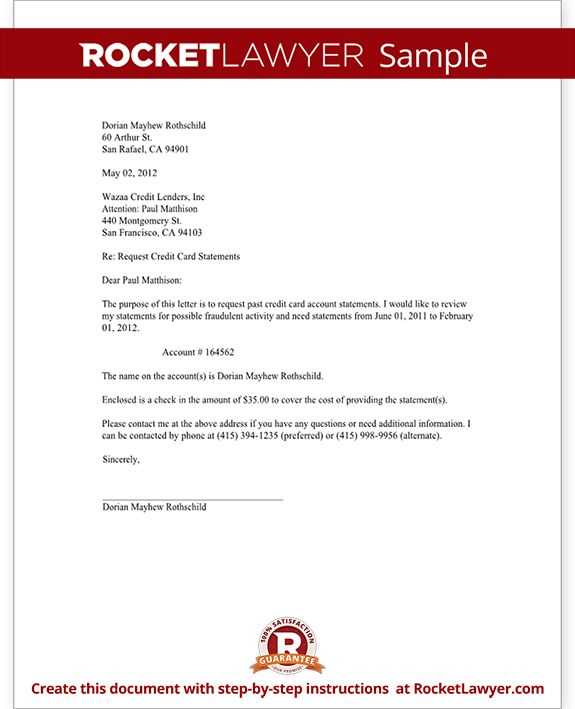
In many professional and personal situations, individuals are asked to provide a written affirmation of their reliability and moral standing. This document serves as a confirmation of one’s positive traits, providing third parties with a trustworthy account of the individual’s character.
Whether applying for a job, immigrating, or seeking a professional license, a well-written statement can make a significant impact. It can help employers, authorities, or institutions assess your suitability for a specific role or responsibility.
Having such a statement can not only enhance your credibility but also offer assurance to others that you are a dependable and ethical individual, which is often required in both personal and professional contexts.
Key Elements of a Good Conduct Letter
For a character reference to be effective, it must contain several important components that present a complete and clear picture of the individual’s integrity. These elements ensure that the document serves its purpose in various formal situations, such as job applications, visa requests, or legal matters.
Introduction and Purpose
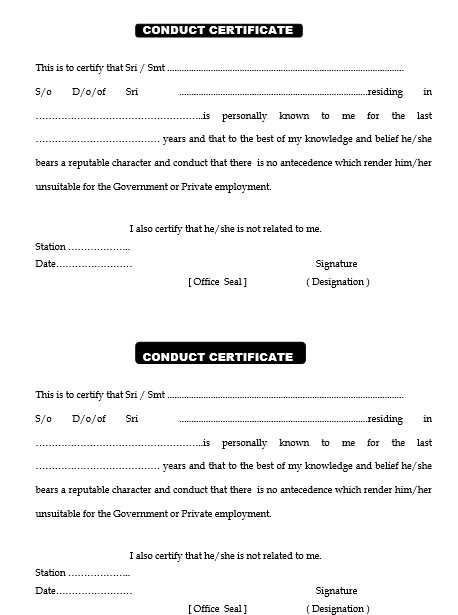
The document should begin with a brief introduction that explains its purpose. This section helps the reader understand why the statement is being provided and the context in which it is relevant. It typically includes the relationship between the writer and the individual, highlighting how well the writer knows them.
Detailed Personal Traits and Examples
To strengthen the statement, it is essential to include specific examples of the person’s positive behavior. Descriptions of their character, work ethic, and moral values, backed by real-life situations, give credibility to the document. This not only shows the individual’s integrity but also helps the reader connect with the description provided.
How to Write an Effective Template
Creating a well-organized and impactful document requires careful attention to structure and clarity. By following a few simple guidelines, anyone can craft a statement that effectively conveys a person’s trustworthiness and positive qualities, ensuring that it meets the expectations of various institutions or organizations.
Focus on Clarity and Brevity
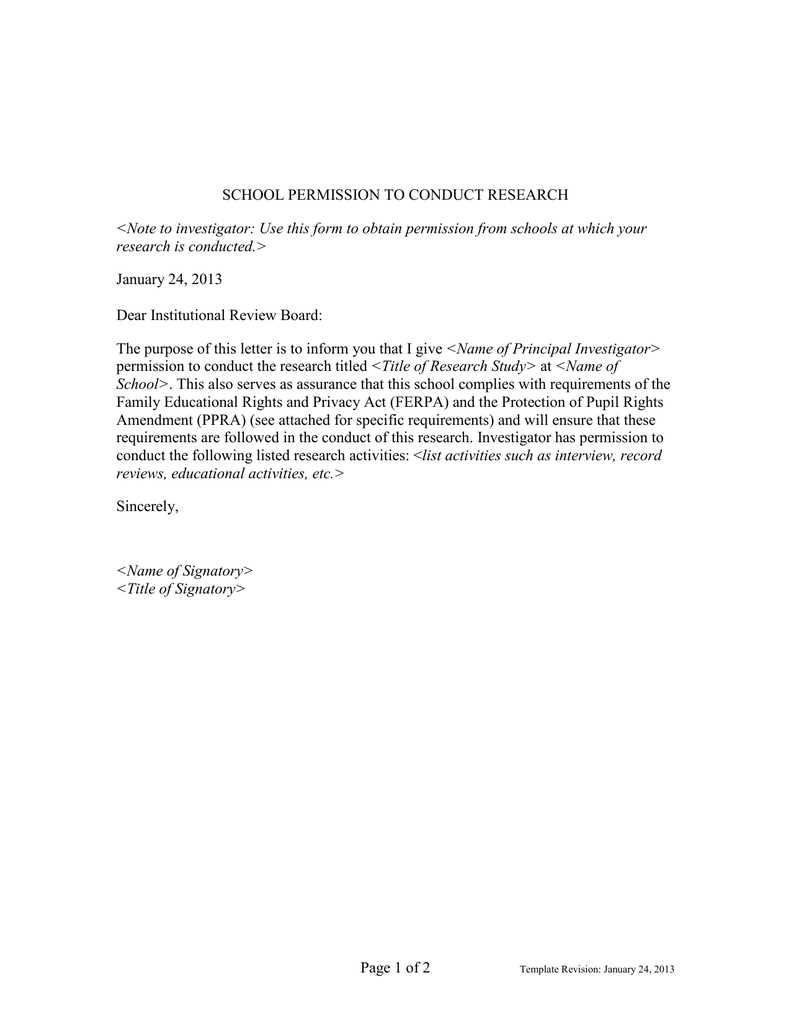
The key to a strong statement is clear and concise language. Avoid unnecessary details and keep the content straightforward, while still including enough information to paint a comprehensive picture of the individual’s character. Each section should be short yet informative, allowing the reader to quickly grasp the essential points.
Include Relevant Details and Examples
Incorporating real-life examples adds weight to the document and strengthens the claim of the person’s positive qualities. By referencing specific situations where the individual demonstrated integrity, reliability, or responsibility, the document becomes more convincing and personal, rather than generic.
Common Mistakes to Avoid in Letters
When crafting an official document to vouch for someone’s character, it is important to avoid several common pitfalls. These mistakes can undermine the credibility of the statement and prevent it from achieving its intended purpose. By being mindful of these errors, you can ensure that your message is effective and professional.
- Vague or General Statements: Avoid using overly broad or unspecific language. Providing specific examples of the person’s behavior or qualities makes the document more credible.
- Lack of Structure: A disorganized document can confuse the reader. Ensure the content is well-structured with clear sections, including an introduction, personal qualities, and examples.
- Exaggeration: While it’s important to highlight positive traits, avoid overstating or making unrealistic claims. Honesty and authenticity are key to maintaining trust.
- Inconsistent Tone: Maintain a consistent professional tone throughout the document. Shifting from formal to informal language can give the impression of unprofessionalism.
By staying clear of these common mistakes, you will increase the chances that your statement will have the desired impact and be taken seriously by the reader.
Where to Use a Good Conduct Letter
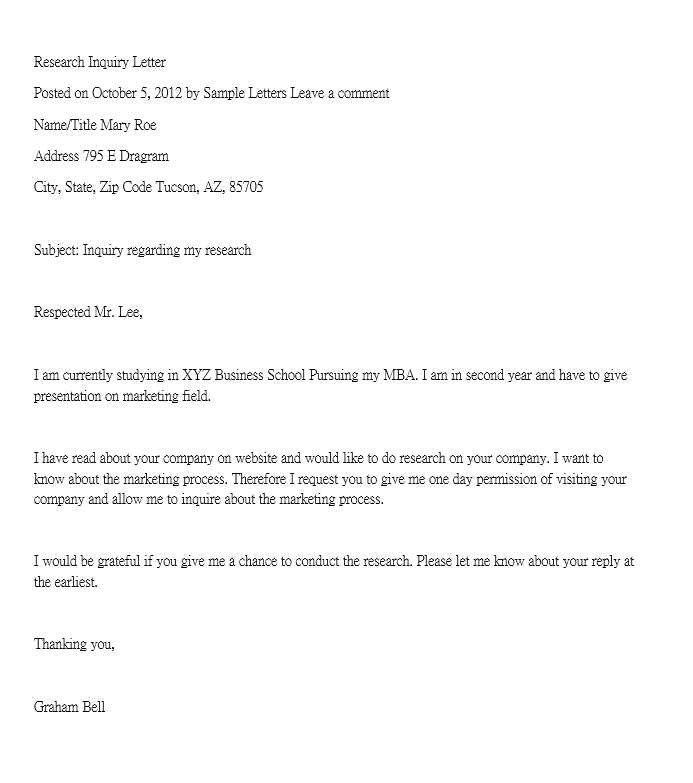
This type of formal document is often requested in situations where an individual’s integrity and trustworthiness need to be verified. It is commonly used in various professional, legal, and personal contexts to assure others of the person’s positive reputation and reliable behavior.
| Purpose | Context |
|---|---|
| Employment Application | Many employers ask for a character reference as part of the hiring process, especially for positions requiring high levels of trust. |
| Visa or Immigration Process | Authorities often require proof of good moral standing when processing immigration applications or granting visas. |
| Legal Matters | Courts and legal institutions may request such documentation during cases involving sentencing or probation assessments. |
| Professional Certifications | Some regulatory bodies or professional organizations require confirmation of personal ethics before granting licenses or certifications. |
These documents are essential in showcasing an individual’s character, making them an important part of many formal processes.
Legal and Professional Considerations
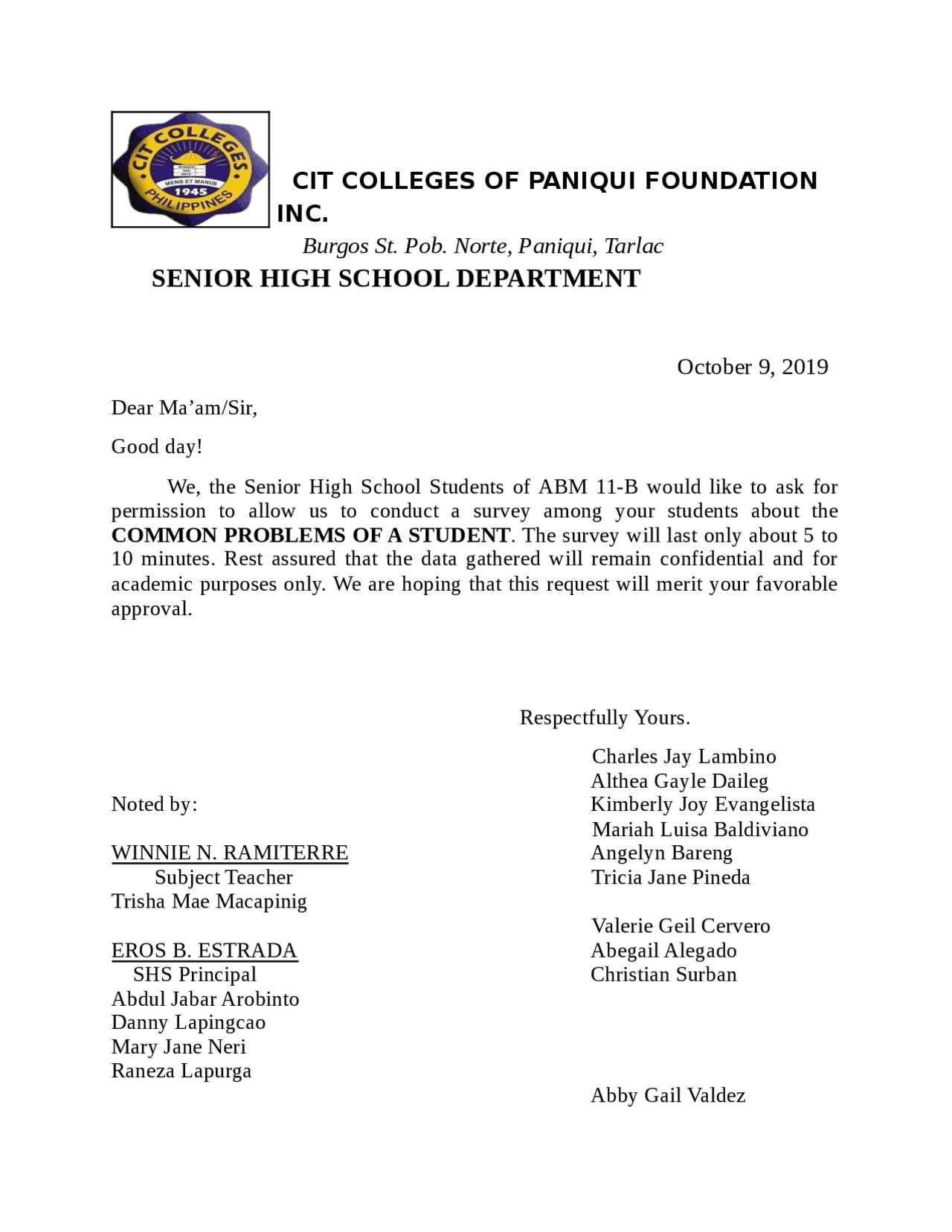
When preparing a statement to confirm someone’s moral standing, it is crucial to understand both the legal and professional implications. Such documents can have a significant impact on an individual’s career, legal proceedings, or immigration status. Therefore, it is essential to ensure that the content is accurate and aligns with any applicable regulations or professional standards.
Legal Implications: These documents may be used in legal contexts, and any false information can lead to serious consequences. It is vital to ensure the information provided is truthful, as it may be subject to scrutiny in official settings.
Professional Standards: In many professional environments, the quality and structure of the statement are as important as the content. A poorly written or unprofessional document can reflect negatively on both the writer and the individual being described.
Accuracy and transparency are key in maintaining the credibility of such documents, ensuring that they meet the expectations of both legal authorities and employers alike.